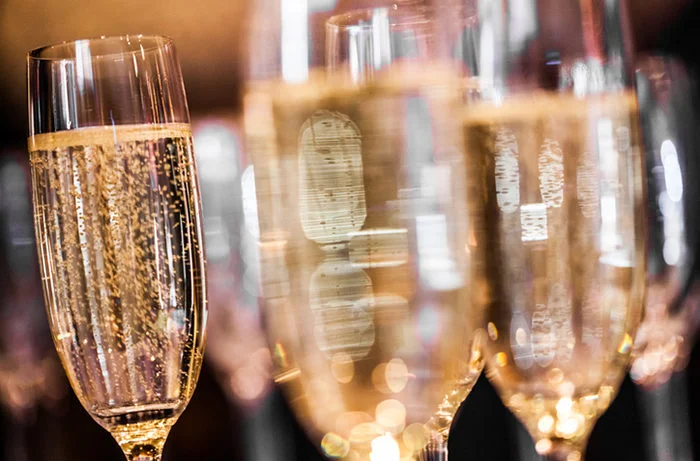In Champagne, Small Can Be a Big Deal
/One of the things I love most about leading seminars and teaching courses for WSET is the opportunity it provides to revisit wine basics, the things that we wine lovers may take for granted. Recently in a seminar I was asked about bubble size in sparkling wine that led to a great discussion about the elements that contribute to and show off quality in a sparkling wine.
"Do small bubbles mean a wine is better than one with large bubbles?" The short answer is "yes, usually it does," but as with all things wine, there is more to the question than the short answer!
Bountiful Bubbles
To review, there are two main methods for getting wine to sparkle, called the "Traditional Method" and the "Tank Method." While there are subdivisions within each approach to making sparkling wine, in general the tank method (think Prosecco) yields wines with less complexity (and at a lower cost) than does the traditional method (think Champagne). Both methods involve making a wine that ends up around 10 percent abv (alcohol by volume) and then fermenting it a second time (raising the abv to around 12 percent in the process), this time in a sealed container so the carbon dioxide generated during fermentation is trapped in the wine. In the traditional method that sealed container is a bottle; in the tank method it is, as you might surmise, a tank.
There are a lot of nuances in both methods that impact how the final sparkling wine tastes, but the biggest impact on bubble size comes from the aging process after that second fermentation. In the traditional method the aging can be anywhere from a year to many years; in the tank method the aging time is usually measured in days or weeks, and in that short time there is no opportunity for the bubbles to get small. So in general (I keep saying in general because there are lots of variations and options in the process), the smaller bubbles are associated with a long, slow aging and that is what provides many of the elements we think of as the quality of the finished product. Even a younger wine produced in the traditional method gets a lot more aging than most wines produced in the tank method, so you get more complex flavors along with your smaller bubbles.
In practical terms, beyond the complexity associated with wines that age longer, smaller bubbles give the wine a creamier feeling in your mouth. Bigger bubbles tend to feel a little rougher and generally wines produced in these faster, less expensive methods also tend to be bottled with lower pressure so not only are the bubbles more aggressive, they don't last as long.
One can get much geekier about the nuances of sparkling wine production but I'll let the matter rest here for now, and pour myself a glass of sparkling wine -- cheers!


